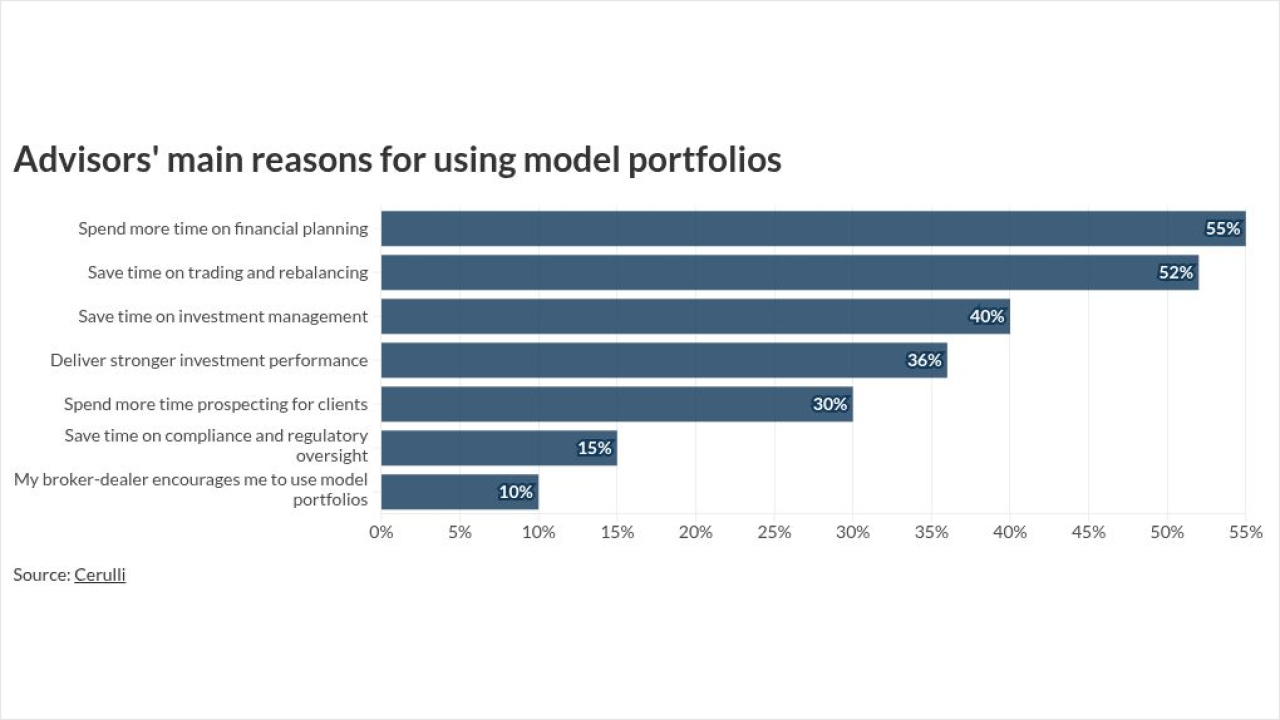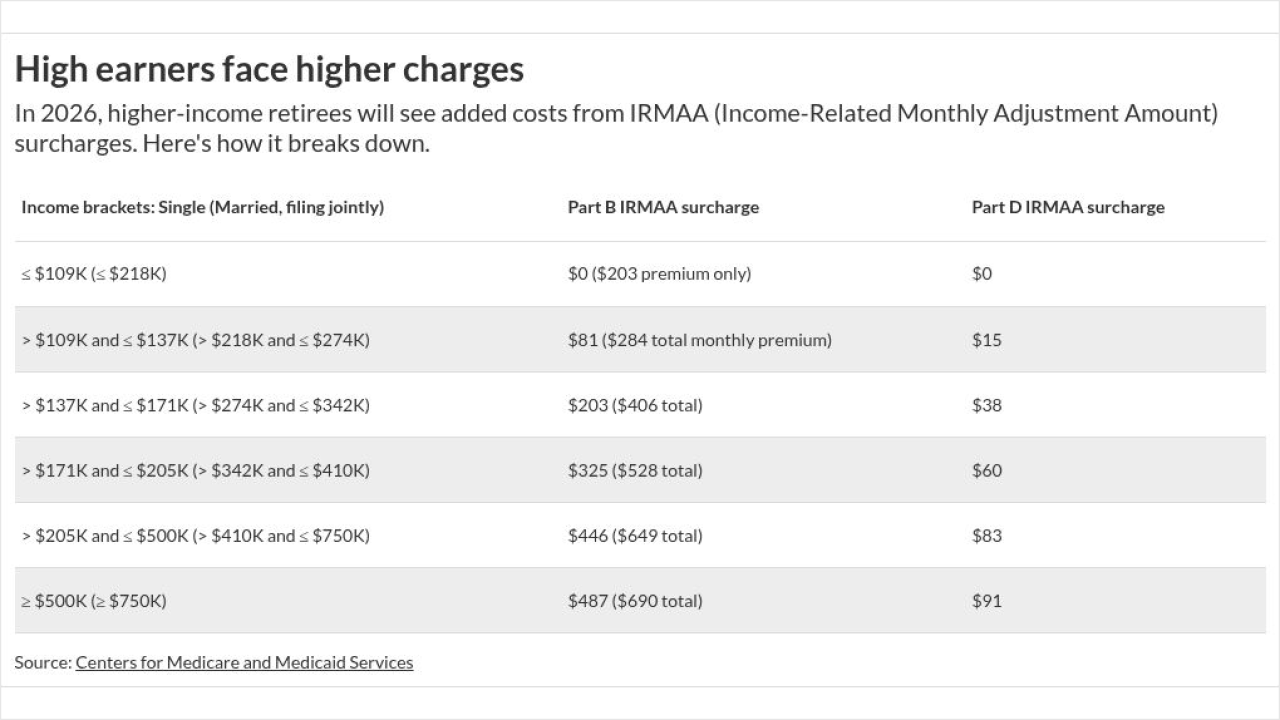For most advisers, the
The upside of this approach is that advisers have an opportunity to incentivize a marketing partner, with no upfront marketing costs. The downside, however, is that given the high client retention rates of most advisory firms, revenue-sharing agreements can be an astonishingly expensive tool in the long term.
For firms with 95%+ client retention rates, it would be more profitable in the long run to spend a year’s worth of client revenue to obtain the next new client, a strategy that can produce an incredible 400% ROI — with the caveat that few advisers can afford an initial investment that might take years to recover.
Nonetheless, when examining the marketing practices of leading independent firms — and even some of the more successful robo-advisers — it appears that the firms most focused on scaling their businesses are beginning to eschew revenue-sharing agreements, in favor of far more long-term-profitable upfront-marketing investments.
Understanding lifetime client value
For advisory firms providing ongoing services for ongoing payments — for instance, receiving recurring AUM fees for providing ongoing investment management and planning services — a single client relationship can be incredibly valuable to the business. Not just because of the advisory fee itself, but its cumulative value over time when advisory firms have annual client retention rates as high as 95% to 98%.
Revenue-sharing agreements can be an astonishingly expensive tool in the long term.
For instance, a client for whom the adviser manages $500,000 in assets, and charges a 1% AUM fee, will pays the adviser $5,000/year. With a 95% retention rate, clients will stick around for an average of 20 years. Which means a single $500,000 AUM client would represent a potential $100,000 of cumulative revenue for the adviser’s ongoing services!
Of course, much of the revenue that the adviser generates will go to pay the staff, overhead and other costs to operate the business itself. Nonetheless, once subtracting out expenses, a firm with a
-
Don’t keep duplicating your efforts if they’re not paying dividends
July 7 -
To attract new clients—and keep current ones — planners need to step up their game. Here’s how new digital tools can help.
June 23 -
A new model of holistic financial advice is coming on the scene.
May 23
With such a
Determining lifetime client value
While the example above demonstrates how a firm could spend $5,000 in marketing dollars to obtain a single $500,000 AUM client and still come out ahead in the long run — to the tune of 400% ROI — there is one significant caveat: Pursuing such a strategy would create a severe short-term cash flow crunch.
After all, for a client who pays a $5,000 AUM fee on which the firm earns a 25% profit margin, it may take nearly four years, presuming annual profits of $1,250, just to recover the initial investment. Only then, given the firm’s great retention rate, does the client even start to become profitable.

Paradoxically, this means advisory firms have phenomenally valuable clients, but may still lack the capital to market to them effectively (because of the long recovery period). After all, if a firm had unlimited access to capital, surely it would want to market and deploy those dollars as rapidly as possible, given that every $5,000 of marketing dollars spent produces a 400% ROI. And arguably, most advisers may well be able to devise a marketing strategy to get a single client for even less than $5,000 of client acquisition costs — which only makes it even more valuable to invest more in marketing.
Nonetheless, given the lack of available marketing dollars to spend, firms tend to rely on alternative marketing approaches that do not require upfront capital, whether pursuing
How revenue-sharing agreements get expensive
Revenue-sharing agreements — including, notably, popular adviser referral programs
The caveat, however, lies in the aforementioned high retention rate. A 95% rate means an adviser can expect to do business with clients for an average tenure of 20 years. It also means the revenue-sharing agreement will be paid for an average of 20 years as well.
Presuming again the $500,000 AUM client paying a 1% AUM fee, this means an agreement to pay the referrer a 25% share of client revenue will amount to paying 25% x $5,000 annual fee = $1,250/year. With a 95% retention rate and a 20-year average client tenure, that amounts to a $25,000 cumulative payment of revenue-sharing referral fees — just to get one client. And notably, $25,000 is equal to what was supposed to be the client’s lifetime value to the firm… leaving no actual profits for the adviser!
Of course, firms often compensate their advisers based on client revenue as well, which means if 25% of the revenue is taken off the top for the referrer, then the net revenue on which the adviser is paid will be reduced, such that there may still be a small amount of profit remaining for the advisory firm. Still, if the firm manages to retain a 10% profit margin ($500/year of profits) after the revenue-sharing referral agreement, the lifetime client value is just $10,000, instead of the original $25,000. Consequently, the firm has given up 60% of its lifetime client value with its revenue-sharing agreement.

From this perspective, spending $5,000 up front results in a 66% reduction in the cost of getting clients. And the difference will likely grow over time, too, because all the portfolio upside accrues to the benefit of the firm and its AUM fee, not the revenue-sharing agreement.
Scaling fixed marketing investments
Despite the incredible ROI potential for spending marketing dollars, unfortunately few advisory firms have the financial capability to pursue the strategy. Especially as they get started, advisers may have little choice but to engage in strategies like revenue-sharing for referrals.
And yet, given the incredibly high costs of client acquisition embedded in a revenue-sharing referral agreement, arguably firms should endeavor to move away from such arrangements as quickly as they can. Ironically, if the adviser has high turnover and poor client retention, a revenue-sharing agreement might be a good hedge against the risk of spending too much up front. Yet for firms that are established, and have a consistently good retention rate, revenue-sharing agreements make even less sense.
The case in point example is Fisher Investments, the largest privately held independent RIA in the country, that built a whopping $60B of AUM using primarily direct mail marketing… an extremely cost-intensive marketing approach up front, but one that has been incredibly profitable for them in the long run.
Similarly, many robo-advisers
And the strategy isn’t unique to robo-advisers. Recent industry benchmarking studies have revealed that
For any particular advisory firm, this still presumes that the adviser can devise a way to spend marketing dollars that really can attract a single client at a cost of just one year’s revenue. In practice, however, most firms are so cash-constrained that they don’t even consider spending that much in marketing, and/or fail to realize that strategy’s incredible long-term profitability.
The fundamental point is this: While a variable-cost marketing approach like revenue sharing for referrals may be a necessary evil for a new firm lacking cash flow, it ultimately may be the most expensive form of marketing for advisers. Even at a cost of paying an entire year’s worth of client revenue, it really can pay astonishingly good ROI to invest more into marketing up front.
So what do you think? Do you use revenue-sharing solicitor agreements to build your firm? Do you feel it’s been a good investment for you in the long run, or was it done out of necessity? As the firm grows, are you more inclined to shift to fixed-cost marketing strategies instead? Please share your thoughts or questions in the comments section.





